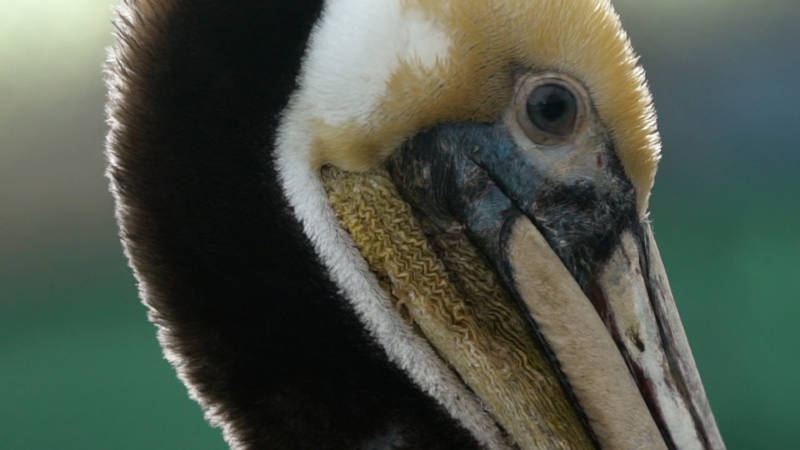Volunteer Brown Pelican Count Aims to Measure Recovery of Once-Endangered Birds
California’s brown pelicans are coming back — you can count on it.
For the second year running, Audubon California is organizing a survey of the Pacific coast’s brown pelican population. The semi-annual counts, aimed at tracking the bird’s erratic recovery from near-extinction, will take place on May 6 and September 9 at sites from Washington State to Tijuana.
The dates bookend the birds’ annual journey from their breeding grounds in Baja California and the Channel Islands to roosting sites along the coast.
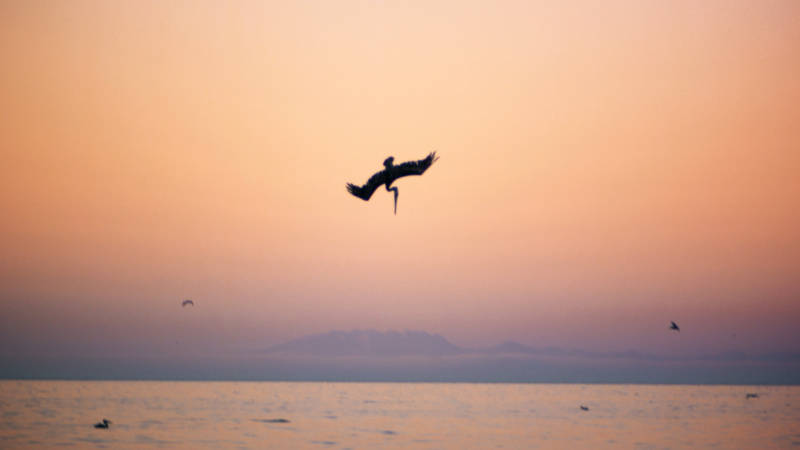
“The survey is a snapshot in time of the pelicans on their migration,” said Cindy Margulis, executive director of the Golden Gate Audubon Society in Berkeley.
A joint effort of Audubon, the U.S. Fish and Wildlife Service and eBird.com, the survey tallies only brown pelicans, the ocean-going ones who are regularly seen plunging for fish at sundown around San Francisco Bay and along the Pacific coast in the summer.
The counts lean heavily on volunteer “citizen scientists” who will report their findings on eBird.com, a website that makes user-submitted bird-watching data available to the public.
One aim of the survey is to get a more complete picture of brown pelicans’ recovery since they were removed from the endangered species list in 2009. The most recent population estimates —150,000 individuals of the Pacific subspecies and 650,000 of all brown pelicans worldwide — are more than ten years old.
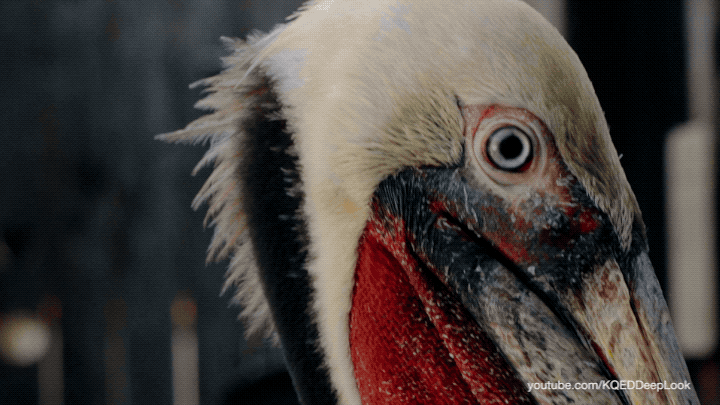
A lot has a happened since then.
Pelicans are one of the many bird species pushed to the brink of extinction by the pesticide DDT, which went into agricultural use in the 1940’s. The pesticide renders bird eggs brittle, leading the adults to fatally crush unborn chicks in the nest.
Things got so bad for pelicans, according to U.S. Fish and Wildlife, that only a single chick out of 552 eggs survived the 1970 breeding season at Anacapa Island, off Ventura, a traditional pelican hatchery.
The iconic birds were among the inaugural class of animals named to the endangered species list, and began to make a comeback after DDT was banned in 1972. Counts in 2006 at Anacapa and at breeding grounds in Mexico revealed a critical mass of reproductive pairs, and the bird came up for delisting.
“It was taken off the list, with great fanfare,” said Anna Weinstein, Marine Program Director at California Audubon, an organizer of the survey. “It was the right thing to do, it had recovered.”
But there was more trouble on the horizon. Just as federal funding to monitor the birds was falling away with delisting, fresh disasters, connected in part to climate change, began to affect the pelicans’ food supply. A combination of unusually warm water and overfishing have put both Pacific sardines and anchovies into steep decline.
Animal rescue centers in the Bay Area, such as Wildcare and International Bird Rescue, began to see influxes of desperate, emaciated birds.
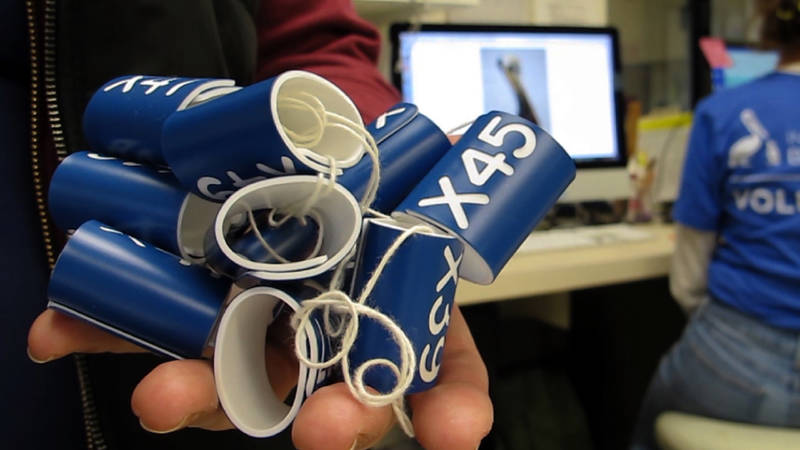
Amid this new urgency, the agencies charged with monitoring pelican numbers have been at a loss for resources to fill the gaps in their data. Owing to their wide-ranging breeding and roosting patterns, pelicans can be tricky, not to mention expensive, to track.
“There’s not enough money for agency biologists to survey all these places,” Weinstein said.
So the agencies have turned to the birding public for help. Next month’s survey offers a simple, clear set of online instructions on how, when, and where to look for birds — and how to report those findings online to scientists.
Amateur birders by the hundreds have met the call with enthusiasm. “It’s been a really worrisome species that we obviously don’t want to lose,” Audubon’s Margulis said.
Part of the iconic status of the species stems from their spectacular diving behavior. California’s brown pelicans are one of the two pelican species worldwide (once considered the same) that plunge from the air to hunt. The rest, like the white pelican, bob for fish at the water’s surface.
“What they’re able to do is pretty incredible,” said Daniel Field, an evolutionary biologist at the University of Bath. “Dive face first, straight into the water, from a considerable height.”
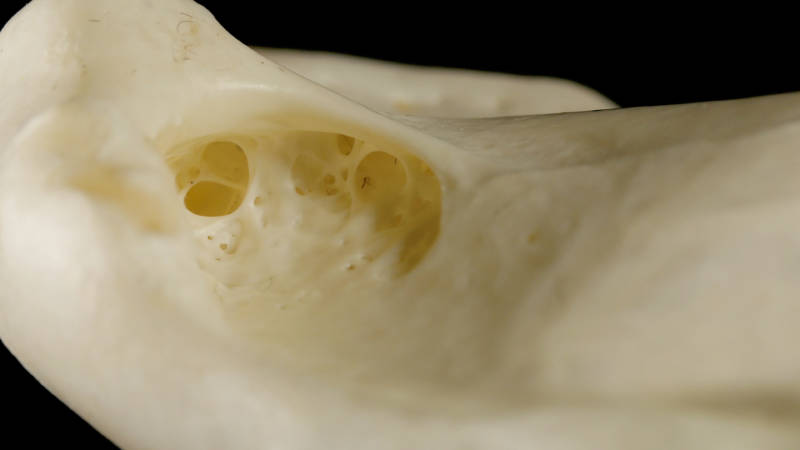
A number of anatomical adaptions enable the bird to take these dives in stride. The shape of its bill is essential, reducing “hydrodynamic drag” — buckling forces, caused by the change from air to water — to almost zero. It’s something like the difference between slapping the water with your palm and chopping it, karate-style.
And while all birds have light, air-filled bones, pelican skeletons take it to an extreme. As they dive, they inflate special air sacs around their neck and belly, cushioning their impact and allowing them to float.
Even their celebrated pouches play a role. A famous limerick quips, “A remarkable bird is a pelican / Its beak can hold more than its belly can…” That beak is more than just a fishing net. It’s also a parachute that pops open underwater, helping to slow the bird down.
“This is a really tough bird that’s built to last,” said Weinstein.
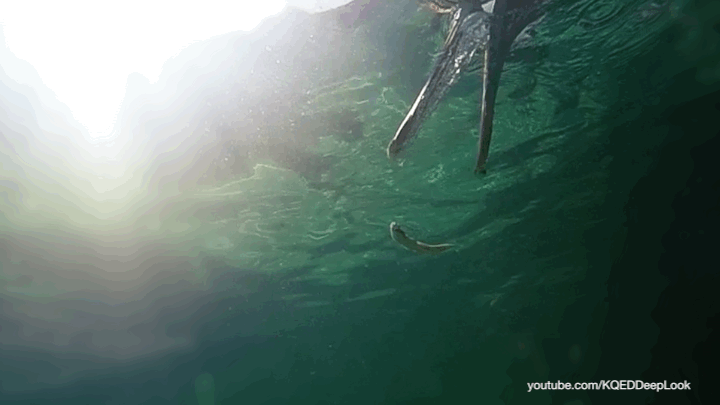
Behind the pelican’s remarkable resilience (and beak) lies 30 million years of evolutionary stasis, meaning they haven’t changed much over time.
“Once pelicans hit on this approach to making a living, there hasn’t been a lot of pressure to change,” Field said.
The best place to see — and count — pelicans in the Bay Area is at the roosting site off Alameda Island, on a breakwater in sight of the USS Hornet Museum. In last year’s May count, the birds numbered more than 300.
Participation in the Audubon survey is open to any member of the public who wants to join. Simple instructions on how to count can be found on their website.
